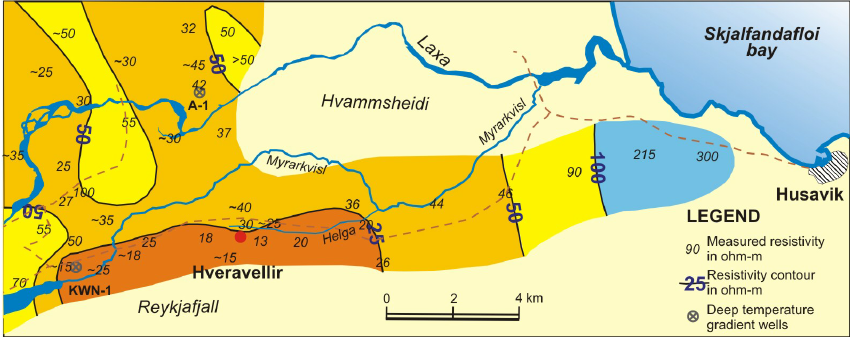

Accordingly, the interpretation proposes sequences of three layers. This research uses shallow seismic refraction and two dimension electrical resistivity surveys. The chief aim of this paper is to identify the chinks in the near subsurface layer under buildings and calculate approximately its displacement to attain its reasons. It is considered one of the most propitious cities that pull out the residents who live around the Nile valley in Egypt.
#Res2dinv crack software software
The software has a number of features for optimising the least-squares routine for faster completion on large datasets. RES3DINV is capable of inverting 3D apparent resistivity volumes measured using a regular grid of surface electrodes and is a powerful tool for resoling complex buried structures. A least-squares routine is used to perform the inversion and RES2DINV permits the user to adjust the style of the inversion routine as well as key parameters like the dampening factor. The software package is fully automated and advises the user on what modal and inversion parameters are applicable for the dataset, or how parameters should be adjusted. Our results are updated in real-time and rated by our users.

In order to interpret variations in the electrical properties, and create a ground modal, it is necessary to mathematically calculate the subsurface conditions required to produce an equivalent dataset to the one recorded by the instrument- this is called inversion. The recorded Apparent Resistivity is represented as a point measurement in the dataset. As a result the each resistivity measurement represents the bulk resistive properties of the ground- referred to as the Apparent Resistivity. Resistivity measurements rely on expanding the electrode separation in order to achieve ever deeper measurements, leading to a larger volume of the subsurface material being sampled for each successive depth level.


 0 kommentar(er)
0 kommentar(er)
